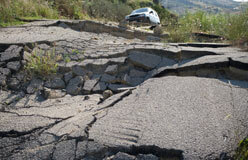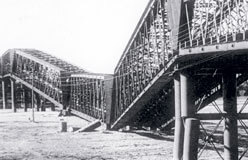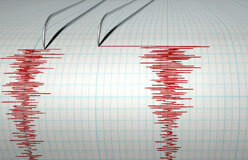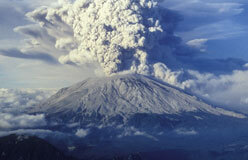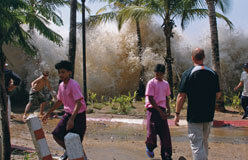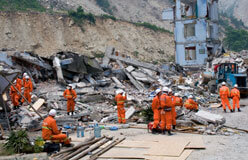Weather forecasters can usually tell you if it’s going to be cold tomorrow, but they’d have a much harder time saying when the next earthquake will strike.
Yet earthquakes aren’t completely unpredictable. An area’s history is often a good measure of what’s to come. However, the Earth’s history extends back many more years than human records do. So seismologists are always on the lookout for some of the signs that come before an earthquake. Some examples are foreshocks (small tremors that happen before larger ones) and unusual animal behavior. Sometimes the amount of radon (a radioactive gas) in well water rises.
Even with these signs, it’s still very hard to tell when an earthquake is going to hit, and with what magnitude. Most seismologists agree that it’s best to build with earthquakes in mind, especially where they are likely to happen. Earthquake-resistant buildings have columns that run in one piece from the ground to the roof. Brick walls are reinforced. Slightly flexible materials, such as steel, are used so that a building can sway and bend a little without collapsing.
